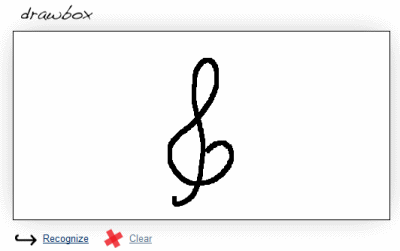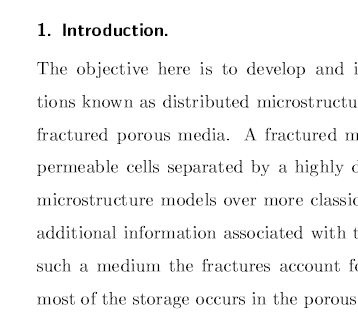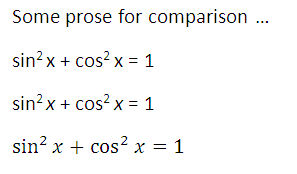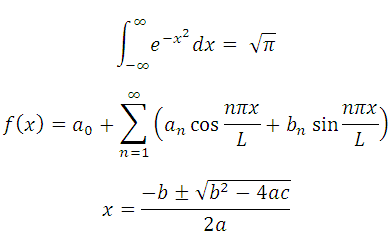In response to the question “Why are default LaTeX margins so big?” Paul Stanley answers
It’s not that the margins are too wide. It’s that the paper is too big!
This sounds flippant, but he gives a compelling argument that paper really is too big for how it is now used.
As is surely by now well-known, the real question is the size of the text block. That is a really important factor in legibility. As others have noted, the optimum line length is broadly somewhere between 60 characters and 75 characters.
Given reasonable sizes of font which are comfortable for reading at the distance we want to read at (roughly 9 to 12 point), there are only so many line lengths that make sense. If you take a book off your shelf, especially a book that you would actually read for a prolonged period of time, and compare it to a LaTeX document in one of the standard classes, you’ll probably notice that the line length is pretty similar.
The real problem is with paper size. As it happens, we have ended up with paper sizes that were never designed or adapted for printing with 10-12 point proportionally spaced type. They were designed for handwriting (which is usually much bigger) or for typewriters. Typewriters produced 10 or 12 characters per inch: so on (say) 8.5 inch wide paper, with 1 inch margins, you had 6.5 inches of type, giving … around 65 to 78 characters: in other words something pretty close to ideal. But if you type in a standard proportionally spaced font (worse, in Times—which is rather condensed because it was designed to be used in narrow columns) at 12 point, you will get about 90 to 100 characters in the line.
He then gives six suggestions for what to do about this. You can see his answer for a full explanation. Here I’ll just summarize his points.
- Use smaller paper.
- Use long lines of text but extra space between lines.
- Use wide margins.
- Use margins for notes and illustrations.
- Use a two column format.
- Use large type.
Given these options, wide margins (as in #3 and #4) sound reasonable.











